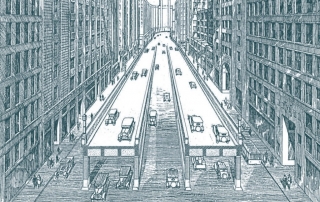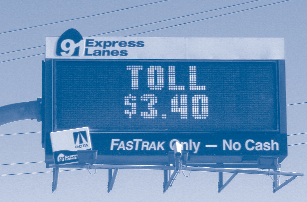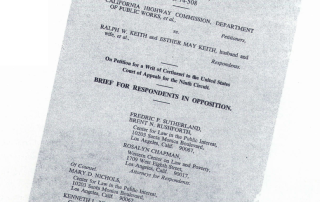Changing Lanes
Joseph F. DiMento and Cliff Ellis
Few planning decisions have affected American cities as much as those involving urban freeways. Massive freeway infrastructure projects have reconfigured urban form, supplanted neighborhoods, displaced tens of thousands of people, and cost billions of dollars. Congress and state legislatures passed important new laws that guided where freeways could be built, what funds were available, which types of consultation and analysis should be conducted, and what impacts were permissible. Lawmakers and courts required that projects be planned and completed with maximum sensitivity to the environment, with concern for relocating displaced residents, and with active citizen participation.



